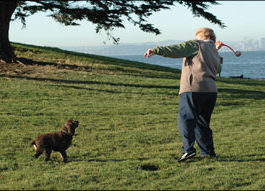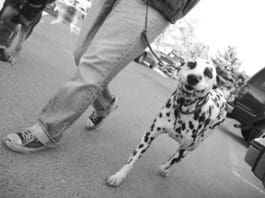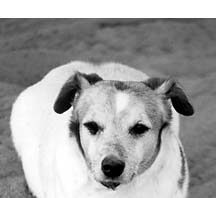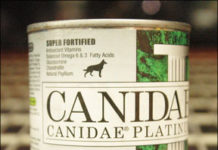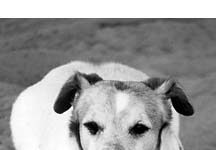Is Your Dog Overweight?
This has become a nation of fat people – and fat dogs. Once again our dogs are mirroring us, no matter how bad that picture looks. It has been estimated that (depending on the survey and the way “obese” and “overweight” are defined) from about 25 percent to more than half of dogs seen by veterinarians are overweight or obese, and many practitioners feel that even these numbers grossly underestimate the true extent of the problem.
Healthy Low-Fat Diets For Dogs With Special Dietary Needs
Some low-fat recipes for dogs are excessively low in fat, providing as little as 5 to 8 GFK, with as much as seven times more starches than meat. With very few exceptions, its not necessary to feed such an extremely low-fat diet to dogs recovering from or prone to pancreatitis or with other forms of fat intolerance, nor is such a diet likely to be nutritionally adequate, regardless of how many supplements you add.
Signs of Pancreatitis in Dogs
Any time you see “-itis” at the tail end of a word, it means inflammation of whatever it comes after. Dermatitis is inflammation of the skin. Enteritis is inflammation of the intestines. Hepatitis is inflammation of the liver. Pancreatitis is inflammation of the pancreas.
A Healthy Pancreas for Canine Diabetes Prevention
The pancreas is an elongated gland, light tan or pinkish in color, nestled alongside the small intestine and adjacent to the stomach. The organ is composed of two functionally separate types of glandular tissue, each which performs a vital and disparate role in the dog's body.
Battling Dog Obesity – Focus on Exercise and Diet
Obesity has been defined as a body weight 10 to 20 percent above the ideal weight for that individual dog. The rule of thumb offered by most sources is that if you sweep your fingers lightly over your dog’s ribs and shoulders you should be able to feel the outline of the bones. If you must use pressure to find the ribs, your dog is overweight. Viewed from above, your dog should have a noticeable waist. If Bowser fails either of these two tests, it’s time for doggy dieting. Veterinarians today consider obesity to be the leading health problem among our dogs and cats. According to the U.C. Davis School of Veterinary Medicine’s Book of Dogs, this manifestation of malnutrition affects an estimated 25-44 percent of our canine companions.



